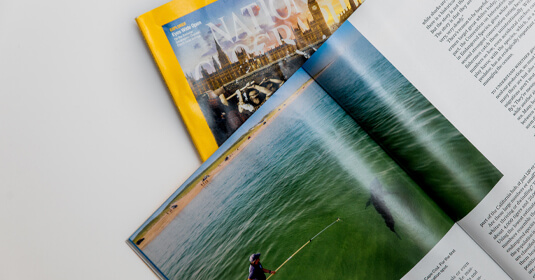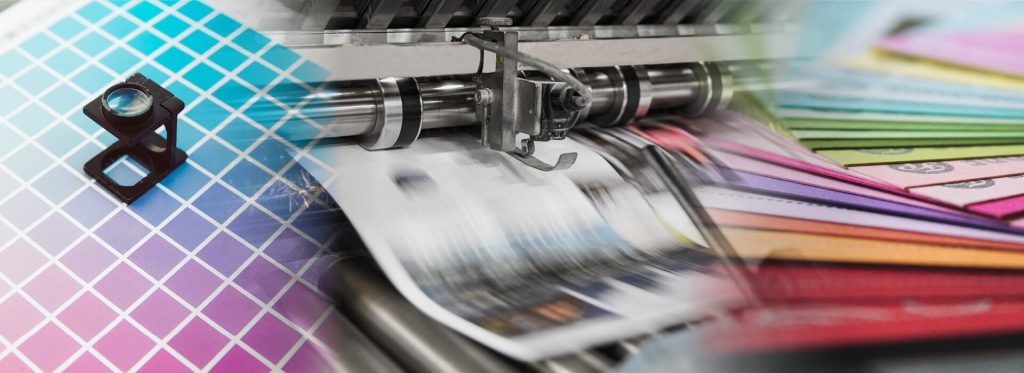It is well-known that there are different types of paper stock to choose from when printing. It’s crucial to understand paper stocks so you can find the right paper for your product. The type of paper or card you use can make or break your product.
LWC or MWC are terms that may have come up in the past. The key difference between LWC and MWC is “light weight coating” (LWC) and “medium weight coating” (MWC). Then there are wood free (that should give you a clue!) coated and uncoated papers. These are all used in magazine printing, inserts, catalogue printing, brochure printing, newspaper supplements and direct mail etc.


Let’s dig a little deeper into this…
Not all paper is made the same. Paper can be created from a mechanical pulp or a chemical pulp, and they may also have different coatings. It may be glossy, silky, matt, or uncoated; some will have different weights and finishes.
Is it really that important?
In a nutshell, yes! Grades are affected by different factors. This ultimately influences the choice of paper for the type of printing and product you are producing, as well as its price.
Here’s a quick guide to printing Brochures and Magazines – what you should use
To highlight the main characteristics of these paper types, as well as the typical printing and products they are used for, we have compiled this short (but technical) guide.
LWC: Paper that is lightweight coated (LWC) is made from pulp obtained through a mechanical pulping process. Instead of using chemicals to separate wood fibres, this process grinds up logs or woodchips.
Single coated, these lightweight papers typically weigh 36-70 gsm (standard brightness*). You can find stocks up to 90 gsm if you prefer a higher gloss and whiteness. This allows for brighter and brighter printed colours.
Magazines, brochures, and catalogs are typically printed on LWC papers using heat-set web offset and rotogravure. LWC Hi-Brite, a hybrid grade, provides a brighter, opacity-enhancing surface than MWC.
MPC: Medium weight coated paper (MWC) is also made from mechanical pulp, but it is double coated. As a result, this coating gives the surface a more consistent smoothness, ideal for heat-set web offset printing. Gloss, silk, or matt finishes are available, with a weight usually over 80gsm. These types of products are well suited for newsstand magazines or high end direct mail catalogues.
*The brightness of paper is rated on a scale of 1 to 100. With a paper rating of 80, light reflects more so it appears brighter than with a paper rating in the 70s.
High end paper for Brochure Printing
Wood-Free: Now we come to the ‘wood-free’ paper. In contrast to LWC and MWC which use mechanical pulp, this paper is finer and made from chemical pulp. In chemical pulp, wood fibres are cooked in a sulphate solution to remove lignin; lignin is wood’s natural adhesive.
The paper made of wood free pulp tends not to yellow with time. Furthermore, this paper is bright, durable, and better suited for storage than mechanical pulp. A wood-free paper can have a matt, silk, or gloss finish and up to three coatings. A fine paper such as this is often used for high quality covers for magazines, brochures, and catalogues.
There are a variety of uses for uncoated wood free fine papers, such as advertising materials, books, maps, and office paper. Various weights are available, ranging from 60gsm lightweight to cardboard grade weights.
We at Cliffe Enterprise hold the Chain of Custody Certification from FSC. You can learn more about the importance of using FSC-accredited paper by visiting https://fsc.org/en
If you need advice about the right paper to use for your next print project, please get in touch with us. Just call 01323 419701 or email us at simon@cliffe-enterprise.com.